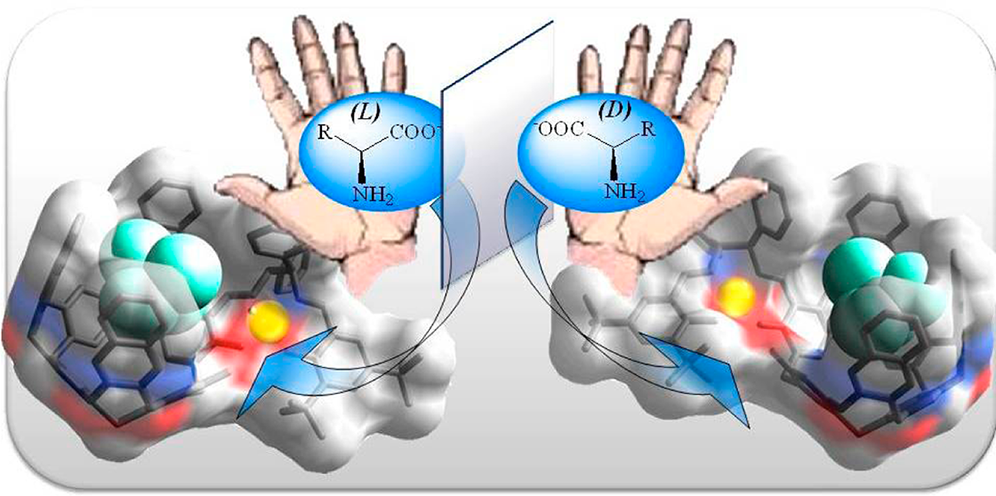
Francesco Paolo BALLISTRERI
Full professor in Organic Chemistry
- Teachings:
- Organic Chemistry II and Lab (Mod. II) for the bachelor’s degree in Chemistry ;
- Organic Nanostructures (Mod. I) for the master degree in Organic and Bioorganic Chemistry.
- Main scientific interests:
- Chiral molecular recognition: receptors design and synthesis;
- Organic Photovoltaic Systems;
- Selective oxygen transfer processes.
ORCID ID: 0000-0003-4053-4456
Francesco Ballistreri was graduated (summa cum laude) at the University of Catania (1975), where he held the positions of "Borsista CNR" (1977), researcher (1980) and associate professor in Organic Chemistry (1987). From 2005 he is full professor of Organic Chemistry at the Department of Chemistry of the University of Catania. Since 2009 he is a member of the board of the Reactivity and Catalysis Interuniversity Consortium (Consorzio Interuniversitario di Reattività e Catalisi – CIRCC).
He has been a committes member for associate and full professor positions. He was chairman / member of Chemistry PhD exam committees of the University of Catania and Palermo. He has been supervisor of PhD theses. He was president of Teaching Aggregate Structure in Chemical Science and Technology (april 2010 - october 2011) and board chairman of the degree course in Chemistry (2012/2016).
He has participated in various research projects: MURST 60%; COFIN 2003; FIRB 2003; PRIN 2004; PRIN 2007: PON 2003-2007, FAR MIUR (DM 17767) 2006-2008; PRIN 2010/2011; FIRB MERIT; PON Energetic 2007-2013; FIR 2014.
He is acting as referee for various scientific journals. He is the regular teacher of the following course: Organic Chemistry II and Lab (Mod. II, Course A-L)) for the bachelor’s degree in Chemistry. His research activity is directed mainly to the design, synthesis, characterization and use of new catalyst systems for the selective transfer of oxygen to bioactive molecules and organic substrates of potential interest application.
Author He is author of more than 90 scientific publications in international journals and more than 100 communications to national and international conferences.
Academic Year 2020/2021
- DEPARTMENT OF CHEMICAL SCIENCES
Bachelor's Degree in Chemistry - 2nd Year
ORGANIC CHEMISTRY II A - L
Academic Year 2019/2020
- DEPARTMENT OF CHEMICAL SCIENCES
Bachelor's Degree in Chemistry - 2nd Year
ORGANIC CHEMISTRY II A - L
Academic Year 2018/2019
- DEPARTMENT OF CHEMICAL SCIENCES
Bachelor's Degree in Chemistry - 2nd Year
ORGANIC CHEMISTRY II A - L
Academic Year 2017/2018
- DEPARTMENT OF CHEMICAL SCIENCES
Bachelor's Degree in Chemistry - 2nd Year
ORGANIC CHEMISTRY II A - L - DEPARTMENT OF CHEMICAL SCIENCES
Master's Degree in Organic and Bioorganic Chemistry - 2nd Year
NANOSTRUTTURE ORGANICHE
Academic Year 2016/2017
- DEPARTMENT OF CHEMICAL SCIENCES
Bachelor's Degree in Chemistry - 2nd Year
ORGANIC CHEMISTRY II A - L - DEPARTMENT OF CHEMICAL SCIENCES
Master's Degree in Organic and Bioorganic Chemistry - 2nd Year
NANOSTRUTTURE ORGANICHE
Academic Year 2015/2016
- DEPARTMENT OF CHEMICAL SCIENCES
Bachelor's Degree in Chemistry - 2nd Year
ORGANIC CHEMISTRY II - DEPARTMENT OF CHEMICAL SCIENCES
Master's Degree in Organic and Bioorganic Chemistry - 2nd Year
NANOSTRUTTURE ORGANICHE
The aim of the research is to design, synthesize and characterize chiral molecules which might be use:
- as receptors for enantioselective separation of racemic mixtures, in order to get enantiomeric pure aminoacids largely employed in pharmaceutical applications;
- as light harvesters or semiconducting p-conjugated organic materials in organic;
- as catalysts (their metal complexes) in oxygen transfer reactions.
Chiral molecular recognition: design and synthesis of receptors


Organic photovoltaic systems

Metal catalyzed selective oxygen transfer processes
Synthesis, reactivity and biological role of the peroxocomplexes of Mo (VI), W (VI) and V (V); enantioselective epoxidation, synthesis of chiral complexes of salen-Mn (III).